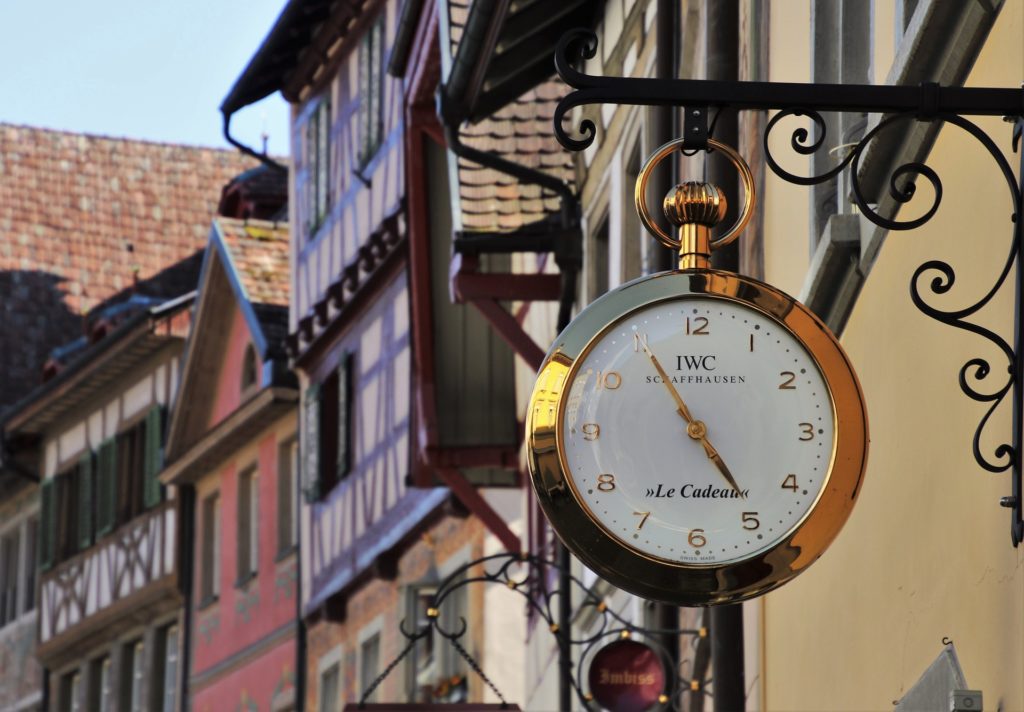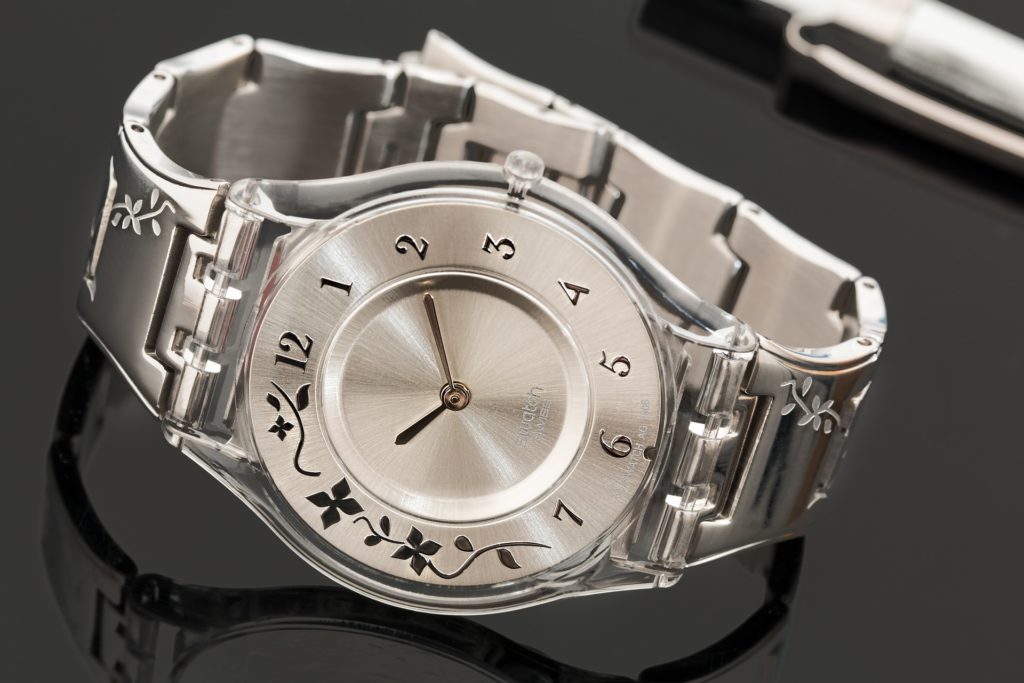If you’ve collected watches for long, you have probably either bought (or envied) a Swiss-made timepiece. Those familiar with the industry know the phrase “Swiss-made” is essentially sacred to collectors and consumers alike. But few know how Switzerland became the gold standard for watchmaking – why was it there instead of somewhere like France, Germany, or the United States? Let’s unpack the story of horology and Switzerland, a love affair over 400 years in the making.

Early History: From France to Geneva
Prior to the 15th century, clocks were typically only found in towers around city centers. The advent of household clocks came in the 15th and 16th centuries. As clocks gained popularity, Switzerland was one of several parts of the world where watchmakers created them. Not long after that, timepieces began to be built on a more portable scale in France in the 16th century.

France was on track to become the watchmaking capital of the world; however, that all changed in the late 16th century. That’s when a religious group in France called the Huguenots began facing persecution and fled to a nearby safe haven in – you guessed it – Geneva, Switzerland. As many Huguenots refugees were skilled in watchmaking and brought their skills with them, their exodus to Switzerland changed Swiss history forever.
Geneva had many goldsmiths at the time of the Huguenot exodus, and they were looking for a new outlet for their craft. This was due to the theologian-turned-ruler of Geneva, John Calvin, and his ideals of embracing simplicity and denouncing wealth. Thus, the Huguenots and goldsmiths began producing quality, portable timepieces for those in the area and for export abroad.
From the 17th century to the 19th century, Swiss watchmaking spread from Geneva to many parts of the country. As the industry grew, it eventually overtook the horologists of Great Britain as the kings of the watchmaking world. But that kingdom was not without challenge.

Switzerland’s First Crisis
In the late 19th century, Switzerland faced its first major “crisis” that almost eradicated Swiss horology. This crisis was the rise of mass-produced watches in the United States. By producing watches in high numbers, American watchmakers were able to control costs more effectively and drive down the prices. While no one could argue with the quality of a Swiss watch, many could not justify the costly premium it required. This led to a major economic downturn in Switzerland.
To combat the major force that was American watchmaking, Switzerland responded with a 2-pronged approach. First – they played to their strength of luxury, precise timepieces and advertised the same. The major addition, however, was the use of larger-scale production techniques to offer mid-range and even low-cost options for Swiss watches. This led to the stabilization of the Swiss horology industry until the “quartz crisis” in the 1970’s.
When Swiss-Made Watches Met the Quartz Crisis
But if Swiss watchmaking is still a force to be reckoned with, what happened between the devastating quartz movement (pun intended) beginning in the 1970’s, and today? Some Swiss historians believe one word represents the literal salvation for Switzerland: Swatch. Through innovation and strong marketing, Swatch brought cutting-edge style via mass-production, at a price any watch consumer could afford. Swatch drew people into Swiss watchmaking with its quartz products, but people stayed for the precise luxury offerings.

Today, Switzerland is a powerhouse in the horology industry. Swiss-made watches still stand for quality and precision. While mechanical watches are the quintessential Swiss product, Switzerland also has numerous high-quality quartz offerings. The Swiss watch industry has shown its resilience in beating out major crises and it doesn’t plan on letting up anytime soon. Moral of the story: if you’re a watch collector or fanatic, you need a Swiss-made in your collection. If you need some ideas on high-end ones, check out our post on the Rolex Submariner.